Call or Text us at

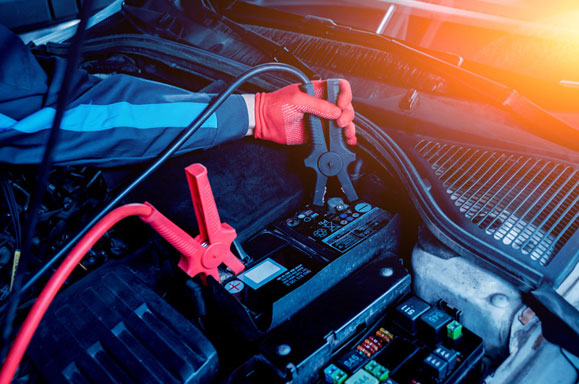
At Beach Auto Repair, our technicians investigate issues with faulty batteries such
as a car not starting, battery fluid leakage, or a worn-out battery. We promptly
replace the battery based on the specific requirement.
A dead car battery can result
from failing to turn off electrical accessories in your vehicle or if it's old and
requires replacement. Our technicians are skilled in quickly and professionally
replacing the battery within minutes. Feel free to contact us if you are in need of
professional car battery replacement services.
Call or Text us at
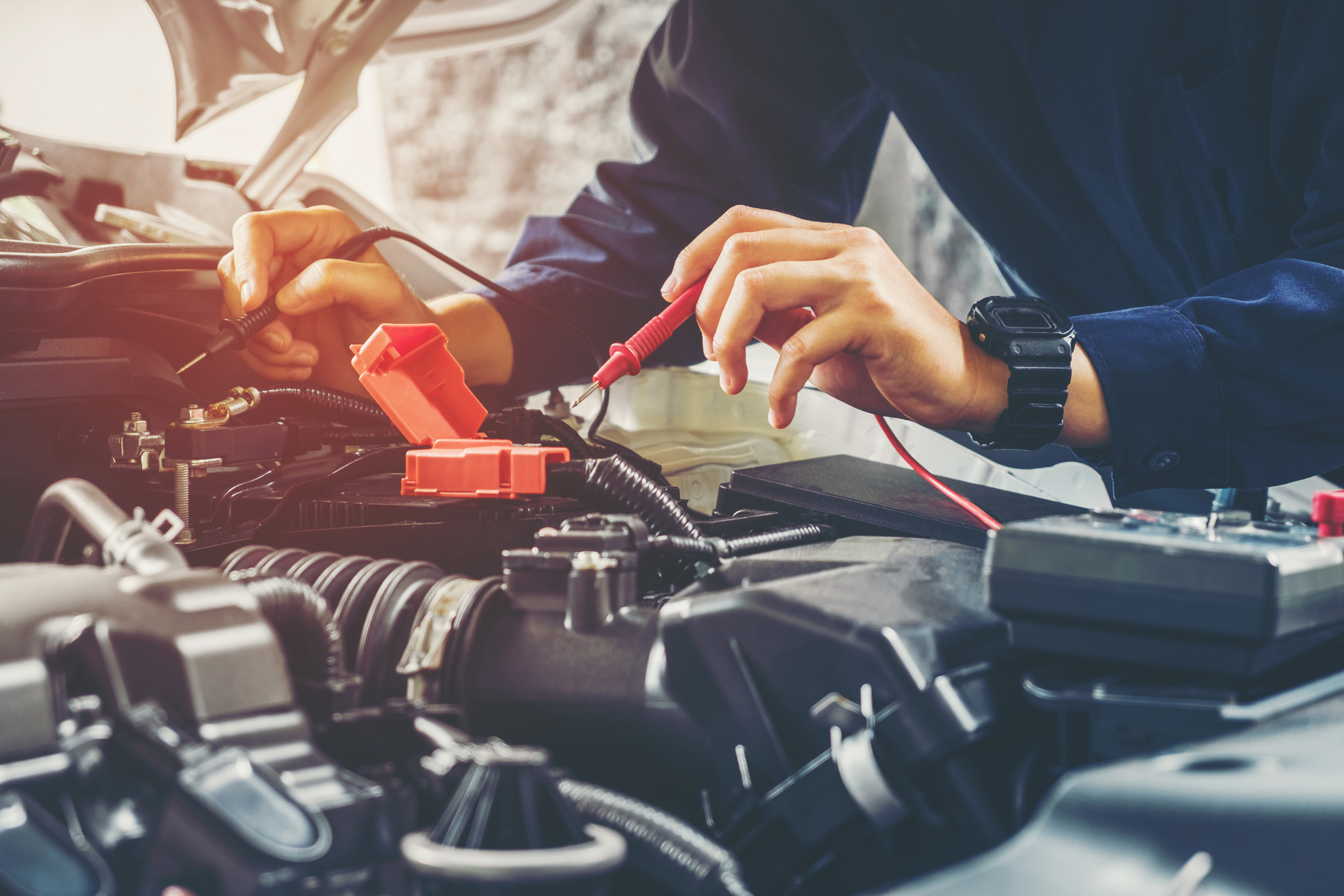
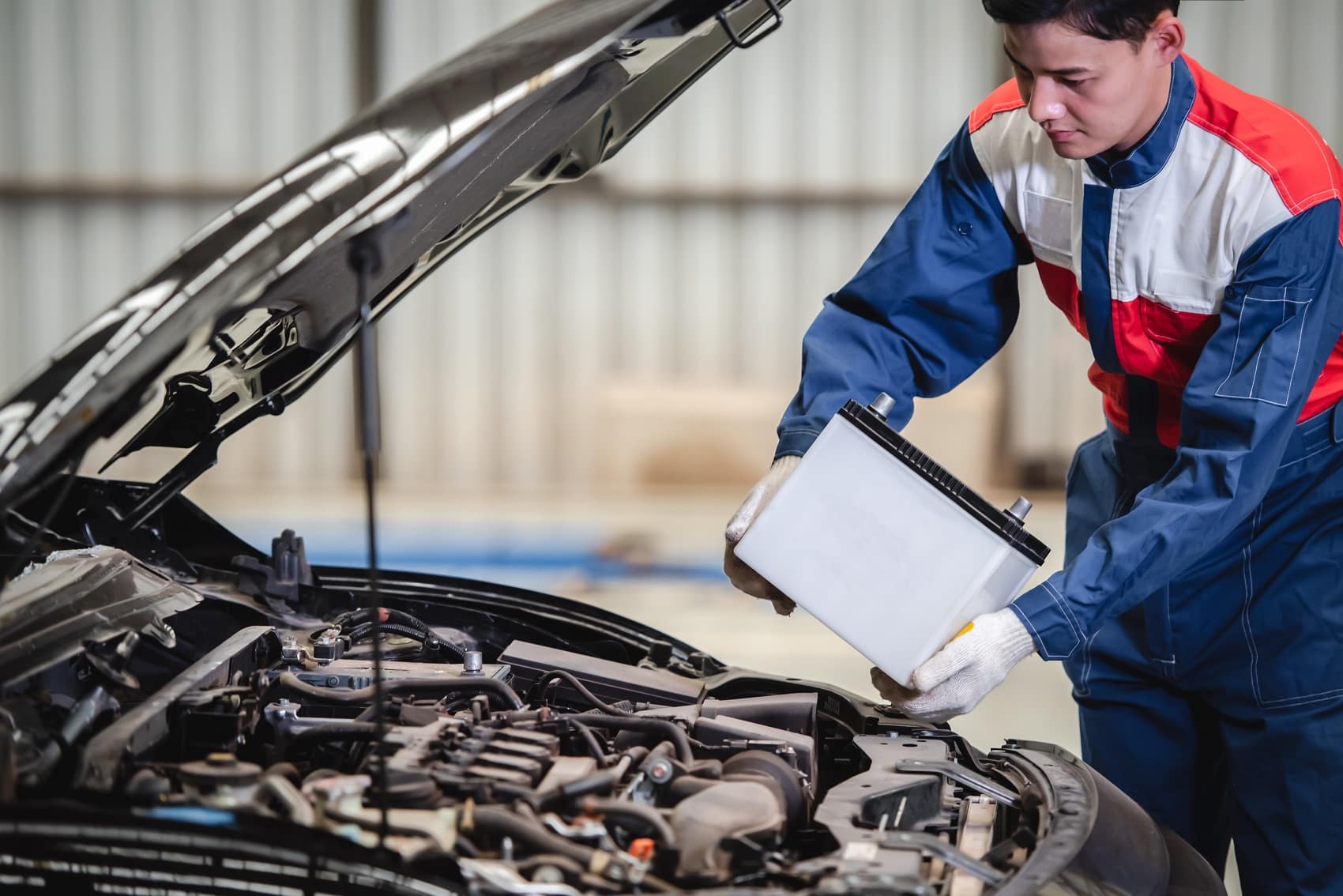
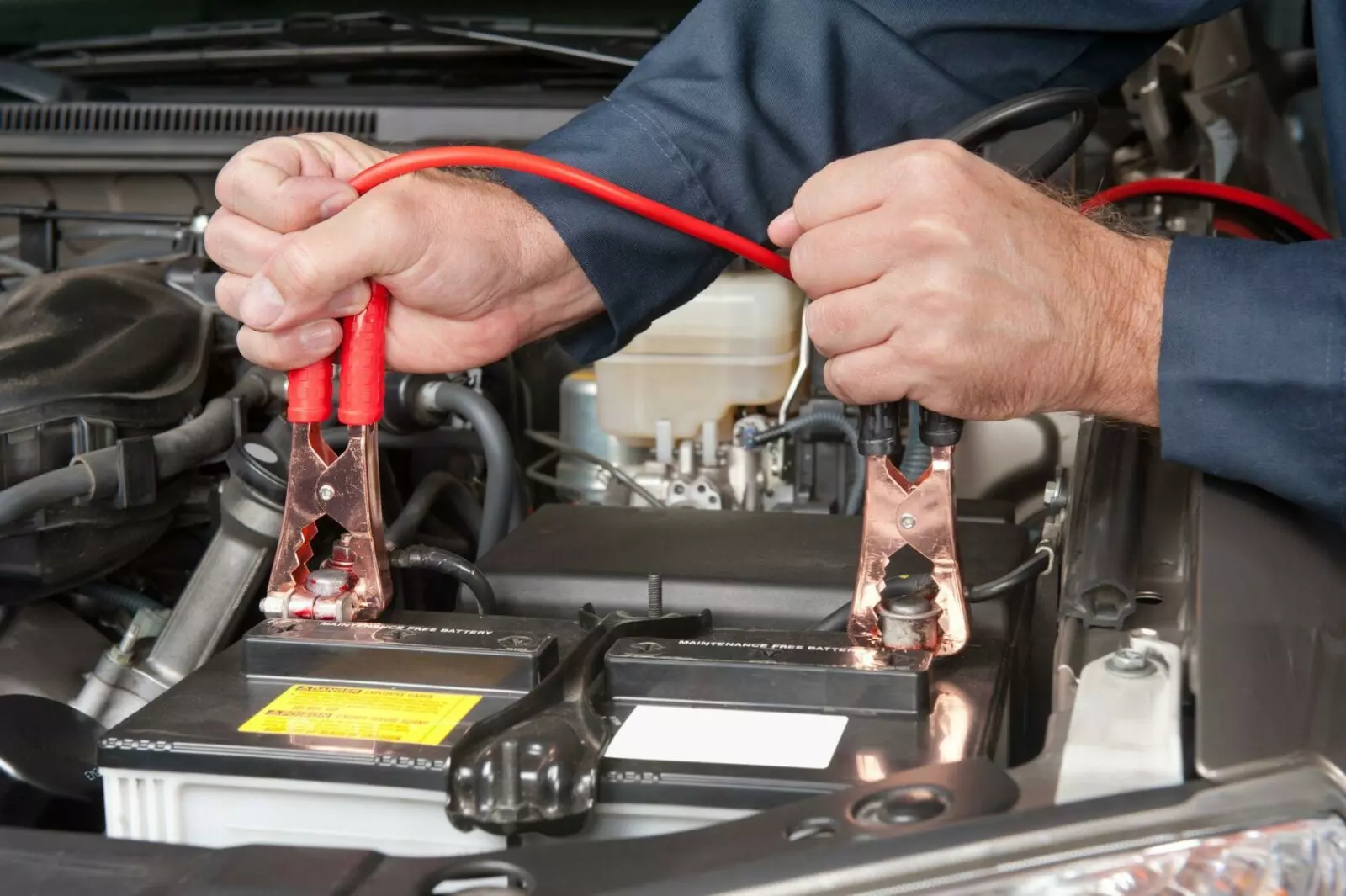
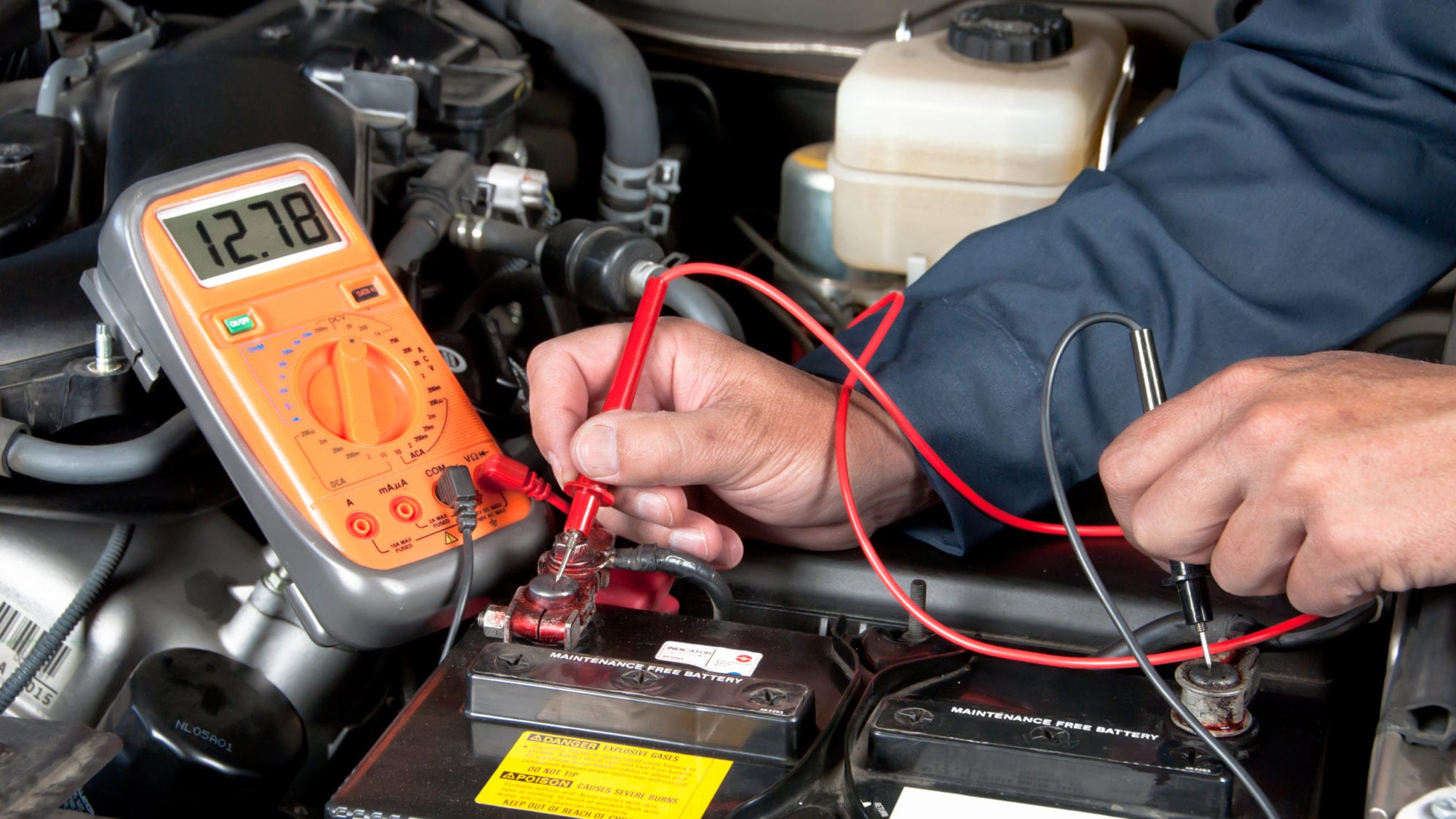
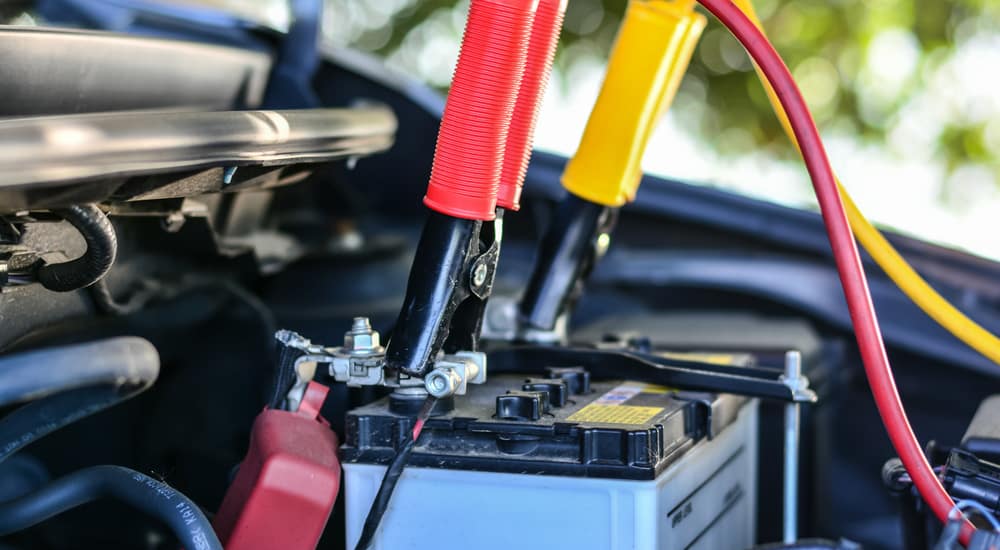
Understanding the purpose of the automotive battery is essential for comprehending its role in your vehicle's operation. Here are some crucial points to consider:
1. Starting the Engine: The primary purpose of an automotive battery is to provide the initial electrical power needed to start the engine. When you turn the ignition key, the battery supplies the necessary energy to the starter motor, which cranks the engine and initiates the combustion process.
2. Powering Electrical Systems: Beyond engine ignition, the battery plays a crucial role in powering various electrical systems when the engine is not running. This includes interior and exterior lights, entertainment systems, power windows, climate control fans, and more. The battery acts as a temporary power source when the alternator isn't producing electricity.
3. Voltage Stabilization: The battery helps stabilize the voltage in the vehicle's electrical system. It acts as a buffer, absorbing voltage spikes and drops that can occur due to the on/off cycles of various electrical components.
4. Supporting the Alternator: While the alternator is responsible for generating electricity and charging the battery while the engine is running, the battery supports the alternator's operation by providing a stable voltage reference.
5. Backup Power: In situations where the alternator fails or isn't generating sufficient power, the battery acts as a backup power source. This ensures you have enough energy to operate critical systems and safely pull over to address the issue.
6. Electronic Control Units (ECUs): Modern vehicles contain numerous electronic control units that manage various functions like fuel injection, emissions, and more. The battery provides a stable power supply to these ECUs, contributing to the vehicle's overall performance and efficiency.
7. Memory Preservation: The battery maintains power to systems with memory functions, such as the clock, radio presets, and onboard computer settings. This prevents you from losing important settings when the vehicle is turned off.
8. Emergency Situations: In emergency scenarios, such as power failures or accidents, a functioning battery can power hazard lights, emergency flashers, and other essential safety features, aiding in visibility and communication.
9. Start-Stop Systems: In vehicles with start-stop technology, the battery is integral to the system's operation. It powers accessories when the engine is off and quickly restarts the engine when needed.
10. Hybrid and Electric Vehicles: In hybrid and electric vehicles, the battery has an even more critical role. It provides power to drive the vehicle, and in electric vehicles, it's the sole source of propulsion.
11. Smooth Operation: A properly functioning battery contributes to smooth engine cranking and reliable system operation. This enhances overall driving comfort and reduces the risk of unexpected breakdowns.
12. Overall Vehicle Functionality: The battery's purpose is intertwined with nearly every aspect of a vehicle's operation, ensuring proper functionality of both essential and convenience systems.
By understanding the multifaceted purpose of an automotive battery, you gain insight into its significance in maintaining your vehicle's operation and ensuring a seamless driving experience.
Understanding common failures of automotive batteries is crucial for maintaining your vehicle's reliability. Here are some important points to consider:
1. Sudden Discharge: One of the most common battery failures is a sudden discharge. This can occur if you accidentally leave your lights on or if there's a parasitic drain in the electrical system. Regularly check for interior or exterior lights that might be left on when the vehicle is not in use.
2. Corrosion on Terminals: Corrosion buildup on battery terminals can lead to poor electrical contact, resulting in difficulty starting the vehicle. Corrosion can be caused by exposure to moisture and acid vapors. Regularly clean the terminals and apply a protective coating to prevent this issue.
3. Sulfation: Over time, lead-acid batteries can develop sulfation, where sulfate crystals accumulate on the battery plates. This can reduce the battery's ability to hold a charge and deliver power. Maintaining proper charge levels and using a battery maintainer during periods of inactivity can help prevent sulfation.
4. Low Electrolyte Levels: If you have a conventional lead-acid battery with removable caps, low electrolyte levels can lead to reduced battery performance. Always check and maintain the electrolyte levels within the manufacturer's recommended range using distilled water.
5. Faulty Alternator: A failing alternator can lead to a drained battery. The alternator is responsible for charging the battery while the engine is running. If you notice dimming headlights or the battery warning light illuminated on the dashboard, have the alternator checked.
6. Extreme Temperatures: Both hot and cold temperatures can impact battery performance. In cold weather, a battery's capacity decreases, making it harder to start the engine. In hot weather, excessive heat can lead to faster water evaporation and chemical breakdown, reducing battery lifespan.
7. Internal Short Circuit: Internal short circuits within the battery can lead to decreased performance or a complete failure. This can be caused by manufacturing defects, physical damage, or a battery that has exceeded its expected lifespan.
8. Plate Degradation: The plates inside a battery can degrade over time due to repeated charging and discharging cycles. This degradation leads to reduced capacity and a gradual loss of performance.
9. Overcharging: Continuous overcharging by the vehicle's charging system can cause a battery to overheat and deteriorate prematurely. Modern vehicles usually have built-in voltage regulators to prevent overcharging, but it's still important to ensure the charging system is functioning correctly.
10. Age and Wear: Regardless of maintenance, automotive batteries have a limited lifespan. On average, lead-acid batteries last about 3 to 5 years, while newer technologies like AGM (Absorbent Glass Mat) batteries may last longer. If your battery is nearing its expected lifespan, be prepared for potential failure.
11. Incorrect Installation: Incorrectly installing a battery, such as reversing the terminals, can lead to short circuits and irreversible damage to the battery and the vehicle's electrical system. Always follow the manufacturer's guidelines for installation.
12. Electrical System Issues: Underlying electrical problems, such as a malfunctioning starter or excessive electrical loads, can put additional strain on the battery, leading to faster failure.
By understanding these common battery failure points, you can take proactive measures to prevent unexpected breakdowns, extend your battery's lifespan, and ensure a reliable vehicle experience.
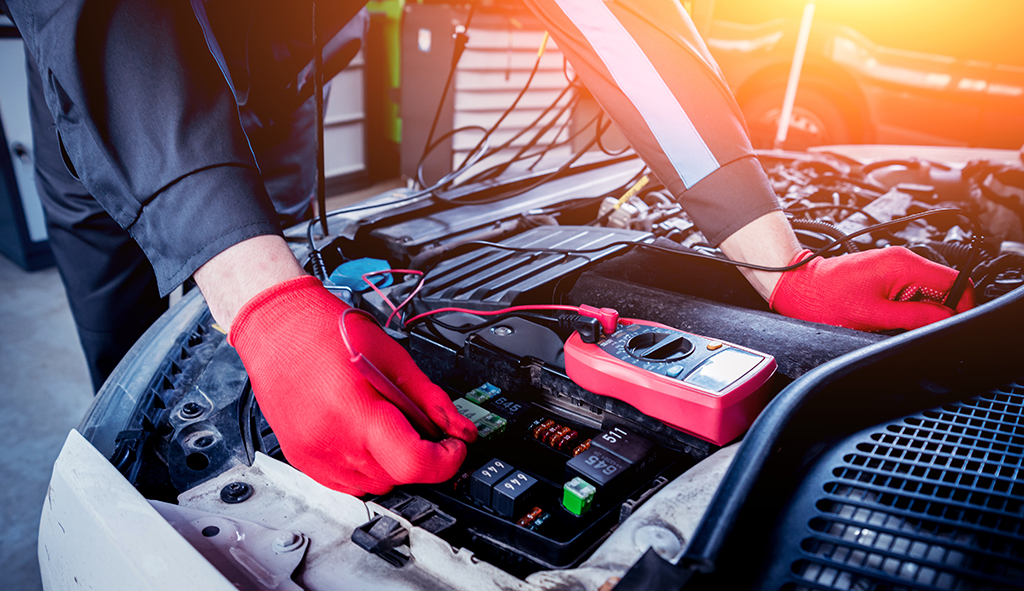
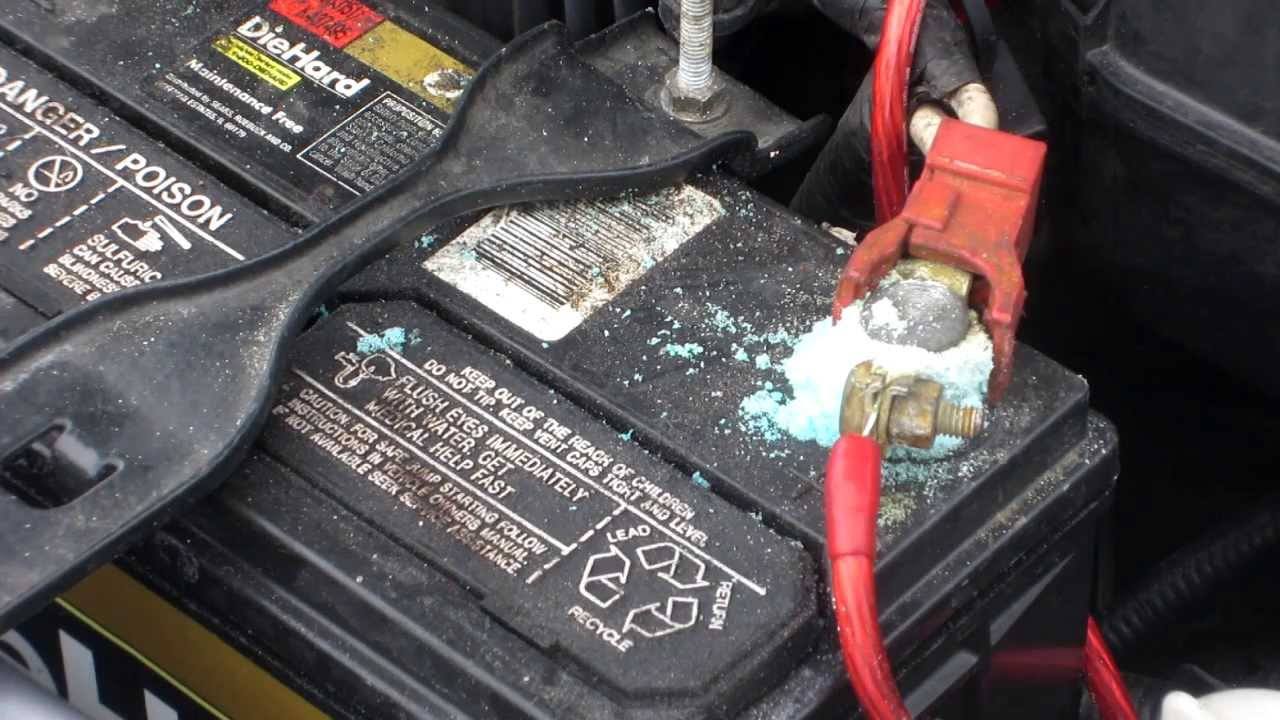
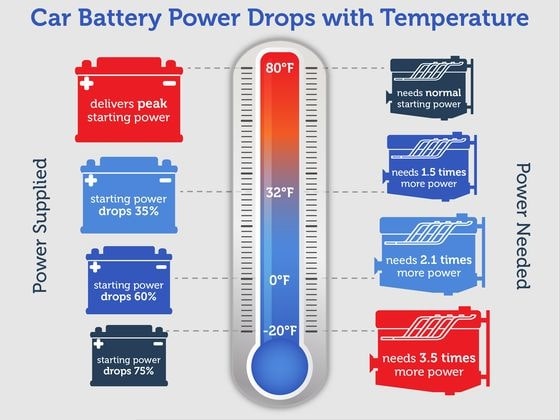
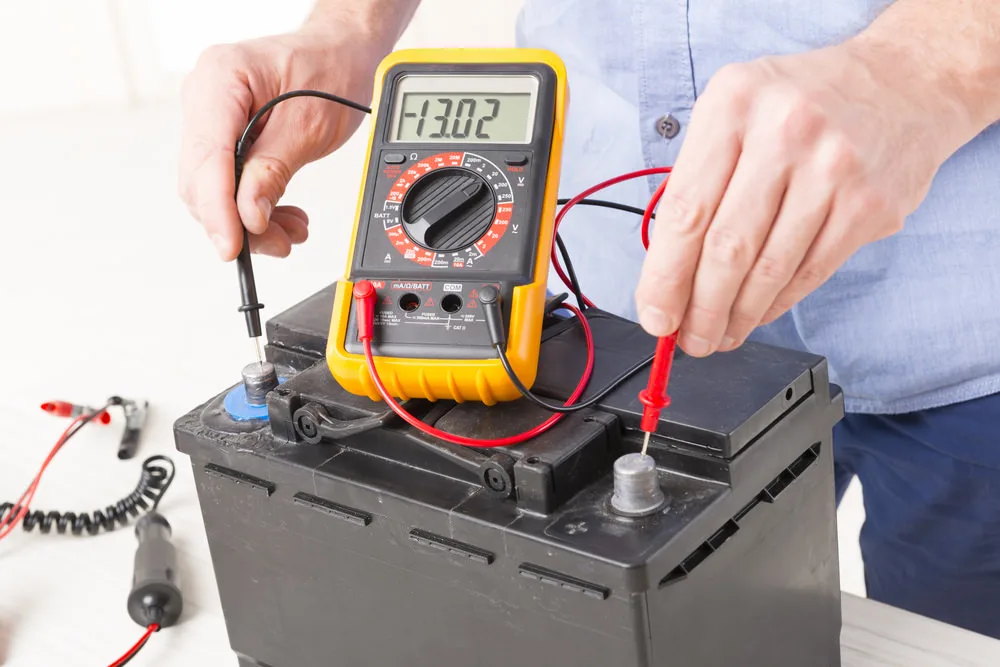
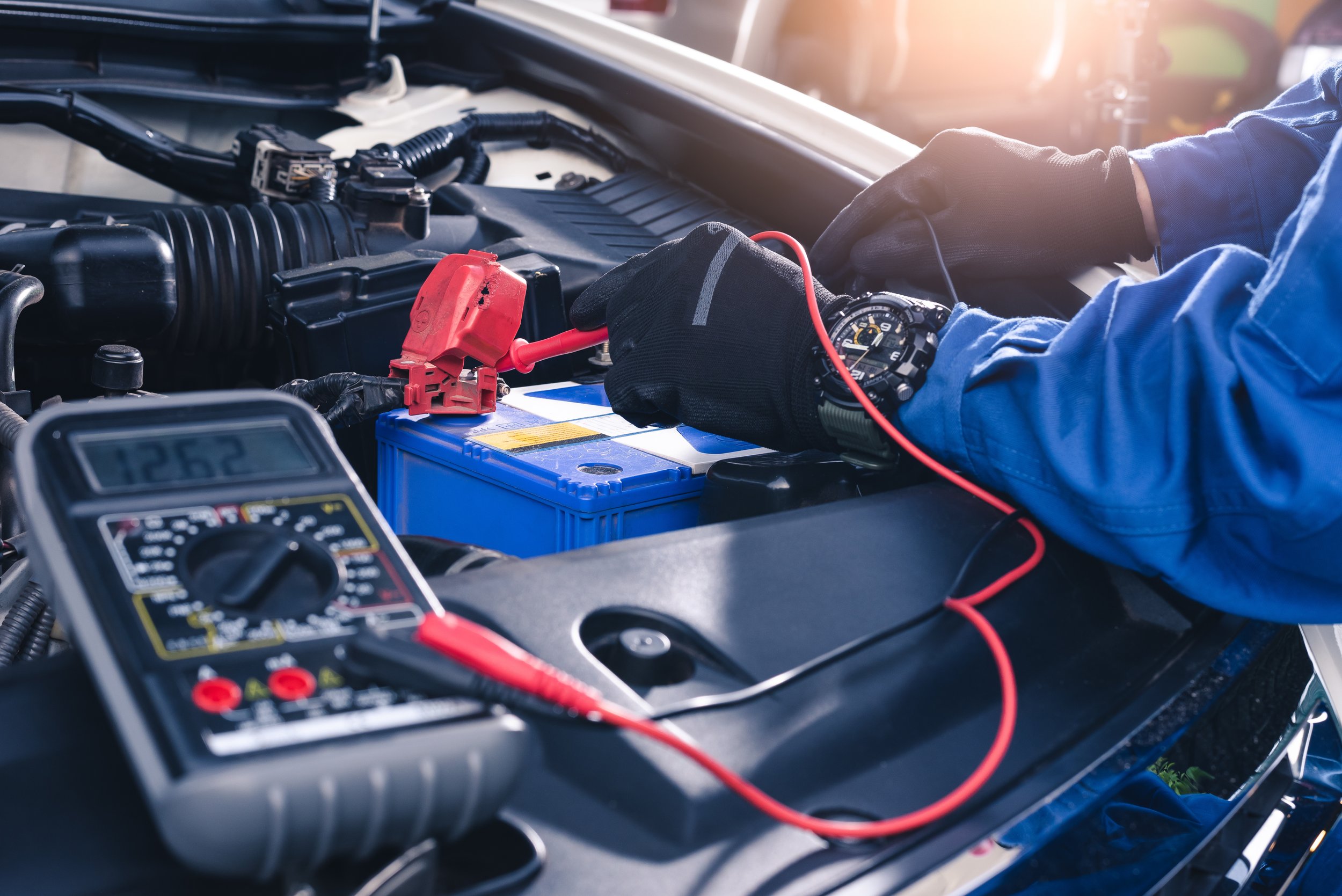
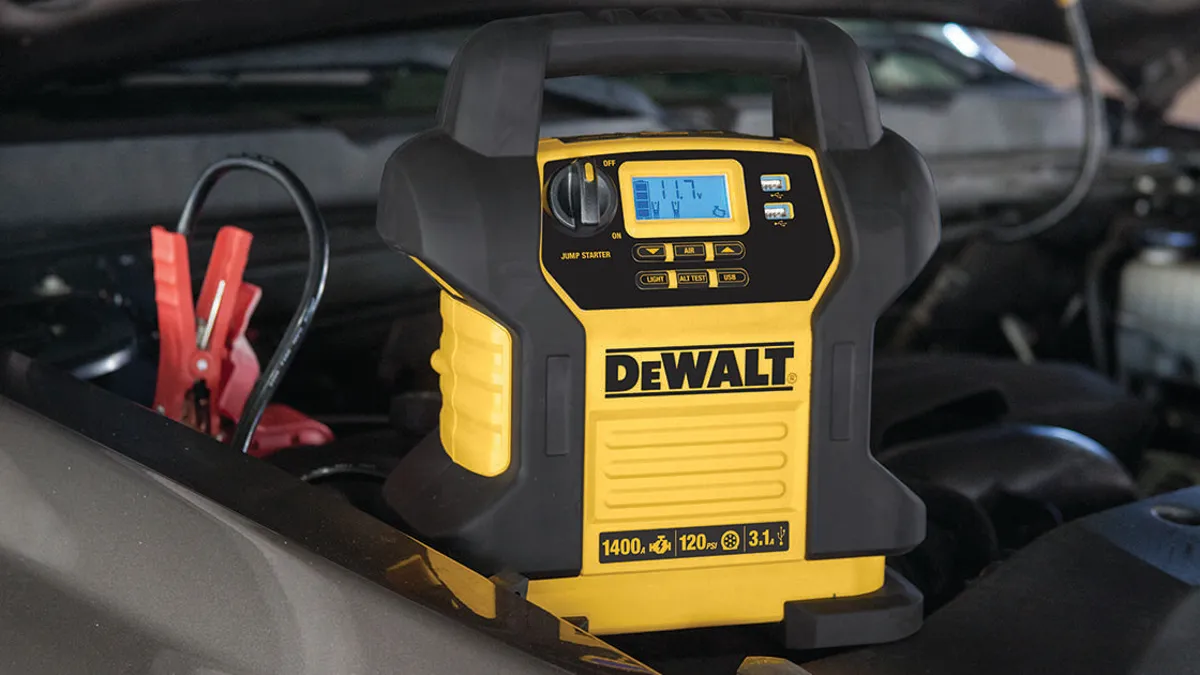
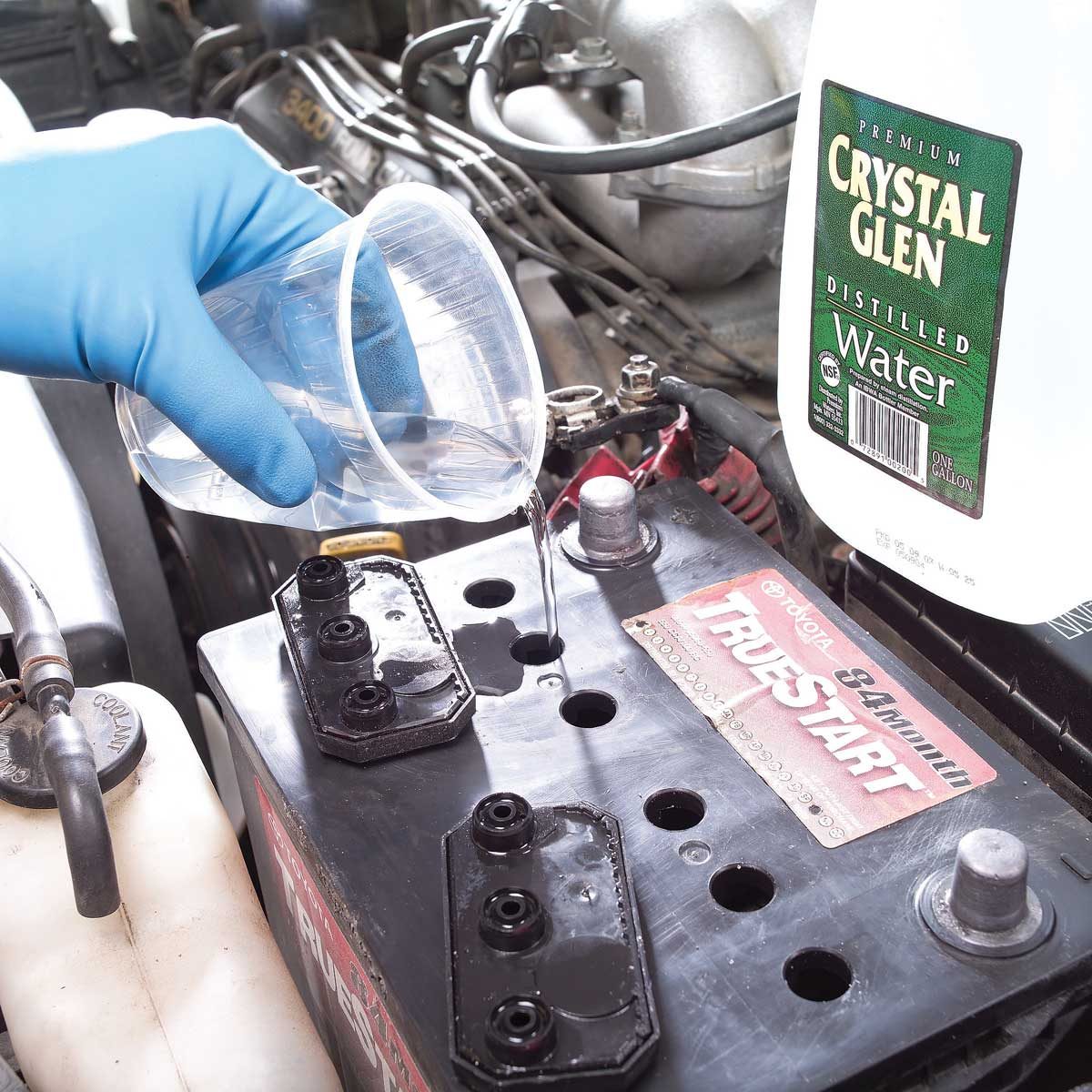
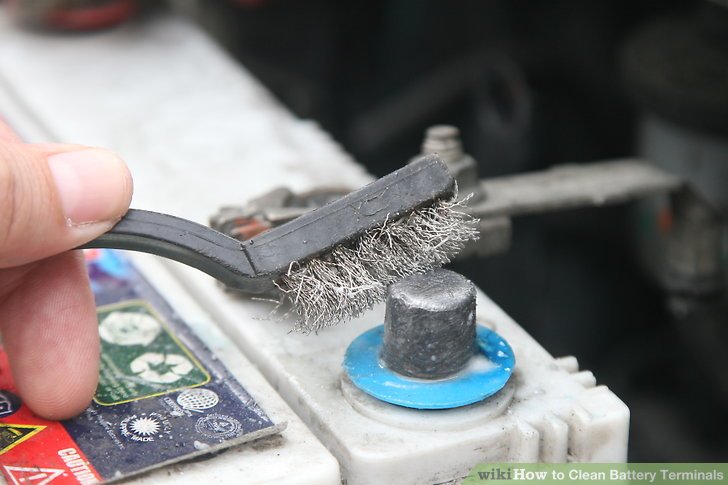
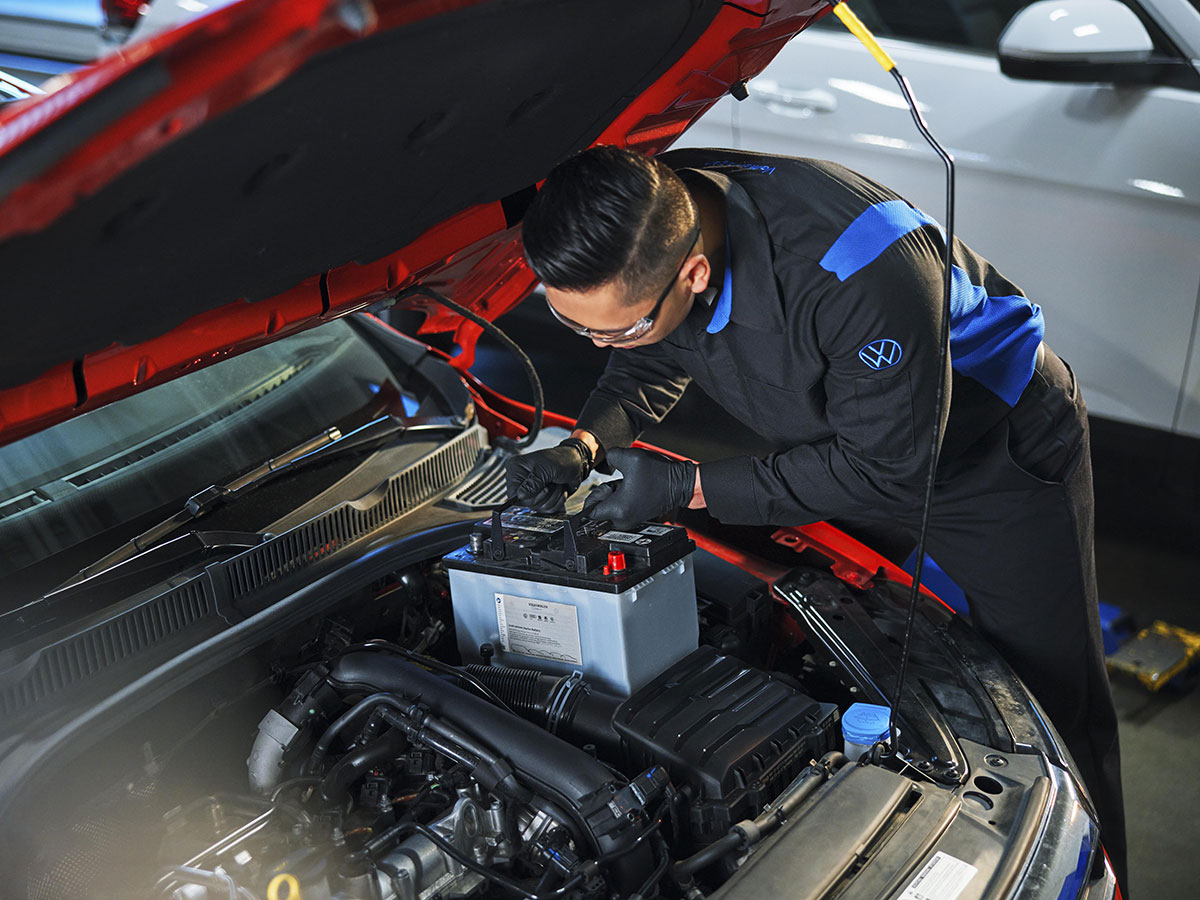
There are several key aspects to be aware of when servicing an automotive battery. Here are some important points to consider:
1. Regular Maintenance: Just like any other part of your vehicle, the battery requires regular maintenance for optimal performance. It's recommended to inspect and service your battery at least twice a year, ideally during seasonal changes or as recommended by the manufacturer.
2. Professional Inspection: It's advisable to have a professional mechanic inspect your battery to identify any potential issues. They can test the battery's voltage, check for corrosion on terminals, and examine the overall condition of the battery casing.
3. Battery Fluid Levels: Some automotive batteries, especially older ones, require periodic checks of electrolyte levels. If you have a battery with removable caps, ensure that the electrolyte levels are within the specified range and top up with distilled water if necessary.
4. Corrosion Prevention: Corrosion can build up on the battery terminals over time, affecting the connection and performance. Regularly clean the terminals using a mixture of baking soda and water or a specialized terminal cleaner. Applying a thin layer of petroleum jelly after cleaning can help prevent future corrosion.
5. Testing and Voltage: Testing the battery's voltage can provide insight into its health. A fully charged battery should read around 12.6 to 12.8 volts. If it's consistently measuring lower, it might be time for a replacement. Modern vehicles often have battery management systems that can provide information on the battery's health as well.
6. Safe Handling: Automotive batteries contain sulfuric acid, which is corrosive and can be dangerous if mishandled. When servicing the battery, wear appropriate safety gear such as gloves and safety goggles. Avoid open flames and sparks, as batteries emit flammable hydrogen gas.
7. Proper Disposal: If it's time to replace the battery, ensure it's disposed of properly at a recycling center or an auto parts store that accepts used batteries. Many regions have regulations in place for the safe disposal of automotive batteries due to their hazardous materials.
8. Cold Weather Considerations: In colder climates, the battery's performance can be affected. Consider using a battery blanket or insulation to keep the battery warm during extreme cold conditions. Cold weather can reduce a battery's capacity, making it harder to start the vehicle.
9. DIY Limitations: While some battery maintenance tasks, like cleaning terminals, can be done by vehicle owners, handling more complex battery issues should be left to professionals. Attempting to fix advanced problems without proper knowledge can lead to safety hazards and damage to the vehicle's electrical system.
10. Warranty and Maintenance Records: Keep a record of all battery maintenance, replacements, and related services. This documentation can be valuable for warranty claims and provide insights into the battery's performance history.
By understanding these key points and staying proactive in maintaining your automotive battery, you can ensure reliable vehicle starting, prevent unexpected breakdowns, and extend the lifespan of the battery.
Let us know how we can help.